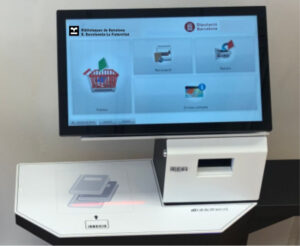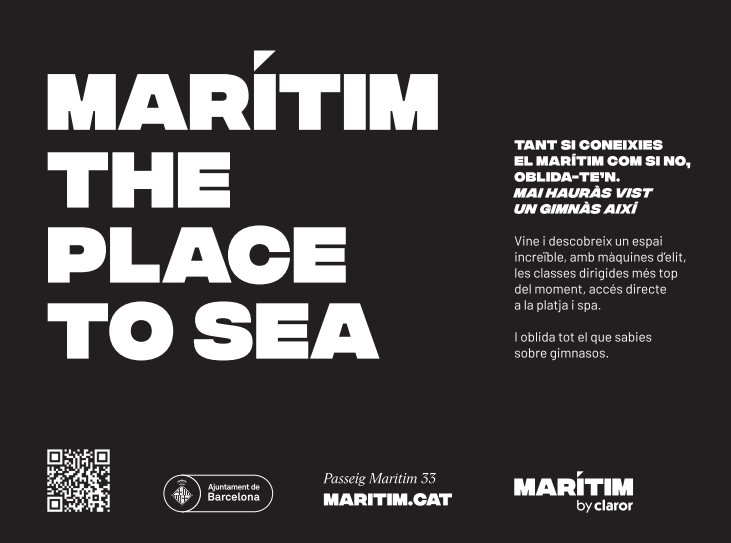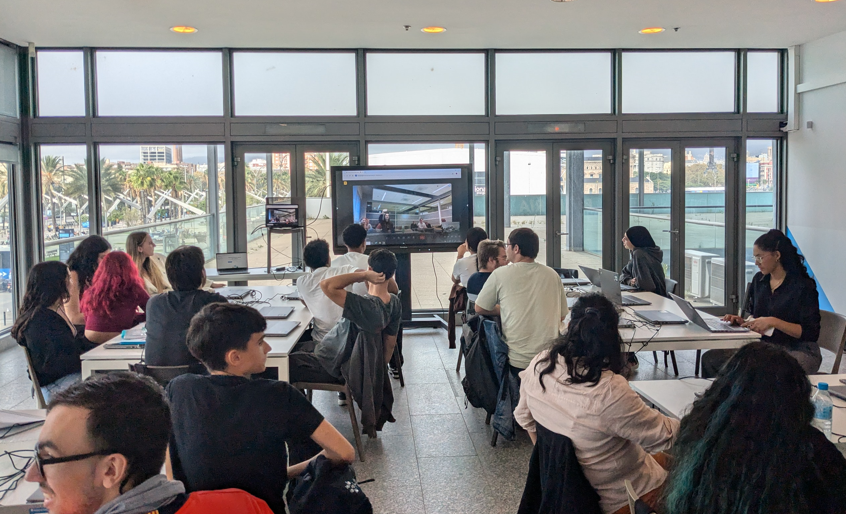The Fishermen’s Wharf opens to the public to bring the fishing tradition and heritage of the Port of Barcelona closer to the public.
The Port of Barcelona has a new dock open to the public: the Fishermen’s Wharf.
After a comprehensive renovation that highlights the city’s fishing tradition and brings it closer to the people of Barcelona, the pier is now open to visitors, showcasing its historic surroundings and allowing them to witness the fishermen’s work and the fish auction firsthand.
The new opening, which adds nearly 2,500 square meters to the public spaces of Port Vell , will provide access to the new Fishermen’s Market, where visitors can witness the arrival of boats and the unloading of fish, as well as the auction. Visitors can also visit the Clock Tower, listed as a Cultural Asset of Local Interest and, with over 250 years of history, the oldest and most emblematic building in the Port of Barcelona. It is open to the public on selected days.
The new access to the Fishermen’s Wharf completes the transformation process of this space, where nearly €14 million has been invested in recent years to improve the facilities available to the Barcelona Fishermen’s Guild and make them compatible with public access. The highlight of this transformation has been the new Fishermen’s Market, inaugurated last spring, which also includes a new ice factory, the renovation of the wharf’s water and electricity connections, and a photovoltaic pergola for the net yard. The renovation was completed this winter with an urbanization of the access that will allow public access to the box.
But the process of opening and transforming the dock doesn’t end there. The new fish market includes a space for a restaurant serving local Mediterranean cuisine.
A more modern and sustainable dock.
Among the pending actions in the area, the existing sheds will also be refurbished and, by covering them with solar panels, the energy community of the Fisherman’s Wharf will be completed, with the capacity to generate 376 MWh per year. A new green point will also be installed for the management of waste generated by fishing activity, partly financed by the European Maritime Fund for Fisheries and Agriculture.
The works will culminate in the medium term with the redevelopment of Escar Street and the access to the wharf up to the Torre del Rellotge . This intervention, for which the basic project is already being prepared, will provide urban continuity between Passeig Joan de Borbó and the public area of the Fishermen’s Wharf. This is in addition to the future entry into service of a ferry connecting the Fishermen’s Wharf and the Wharf of Spain, where the Maremagnum is located . The renovation and opening of the Fishermen’s Wharf will also facilitate mobility between the Barceloneta and Ciutat Vella neighborhoods.
The president of the Port of Barcelona, José Alberto Carbonell, recalled that, for a long time, public access to the Fishermen’s Wharf was restricted. “It houses the most important building in the Port of Barcelona, the Clock Tower, which is now open to visitors again, while also opening its doors so that the public can learn about the work and products of the fishermen by attending the fish auction live.”
David Pino, director of Port Vell , has placed the opening of the Fisherman’s wharf in the context of the transformation process of the most urban-oriented area of the Port of Barcelona. “It is yet another example of the port-city model we envision and upon which we are building the Port Vell of the future. A port that maintains its maritime activity and essence and brings it closer to the public, opening up quality spaces that consolidate it as a magnet for the people of Barcelona.”
From the Fishermen’s Guild, the head of the group, José Manuel Juárez, has claimed the group’s leadership in innovation and sustainability: “We are a benchmark in the Mediterranean,” he asserted, adding that “with the collaboration of the public, we can highlight our work and our product.”
Albert Batlle, Third Deputy Mayor of Barcelona City Council, highlighted that the transformation of Port Vell is renewing “the connection between the city and the port” and took advantage of the event to praise “the drive of the residents of Barceloneta to maintain the neighborhood’s maritime spirit.”
For his part, the Secretary General of the Department of Territory, Housing, and Ecological Transition, Jordi Terradas, emphasized “the sustainable nature of the entire facility” thanks to its photovoltaic installation, adding that “today we have taken another step forward in integrating the Port’s activities into the life of the city.”










